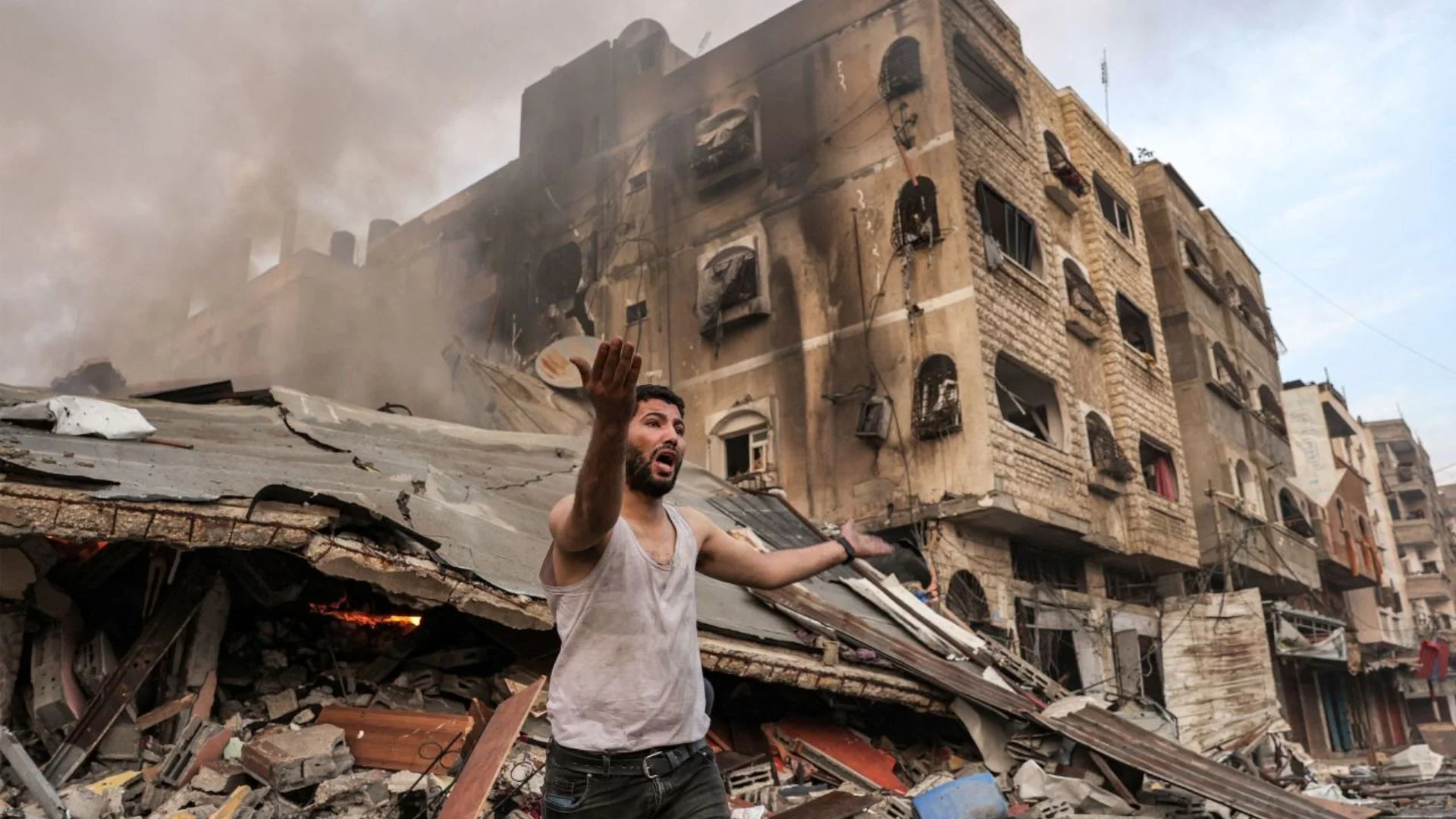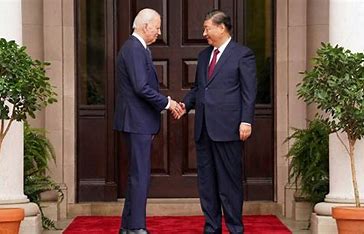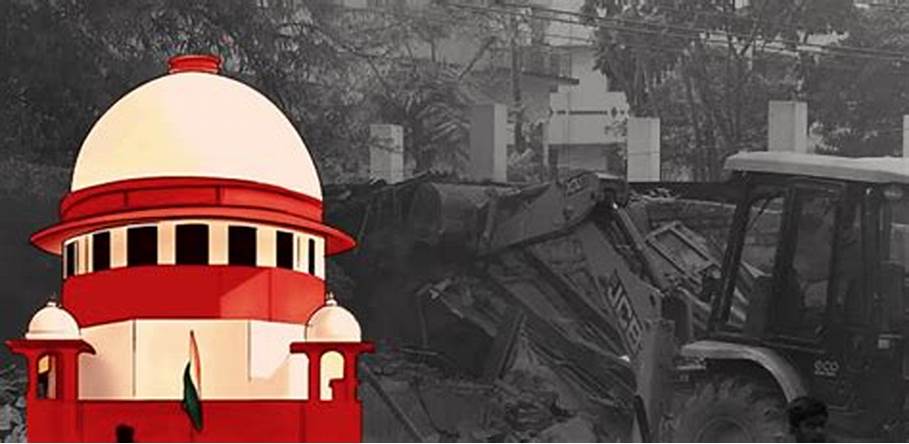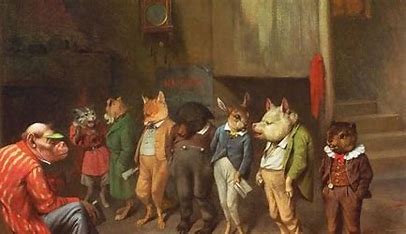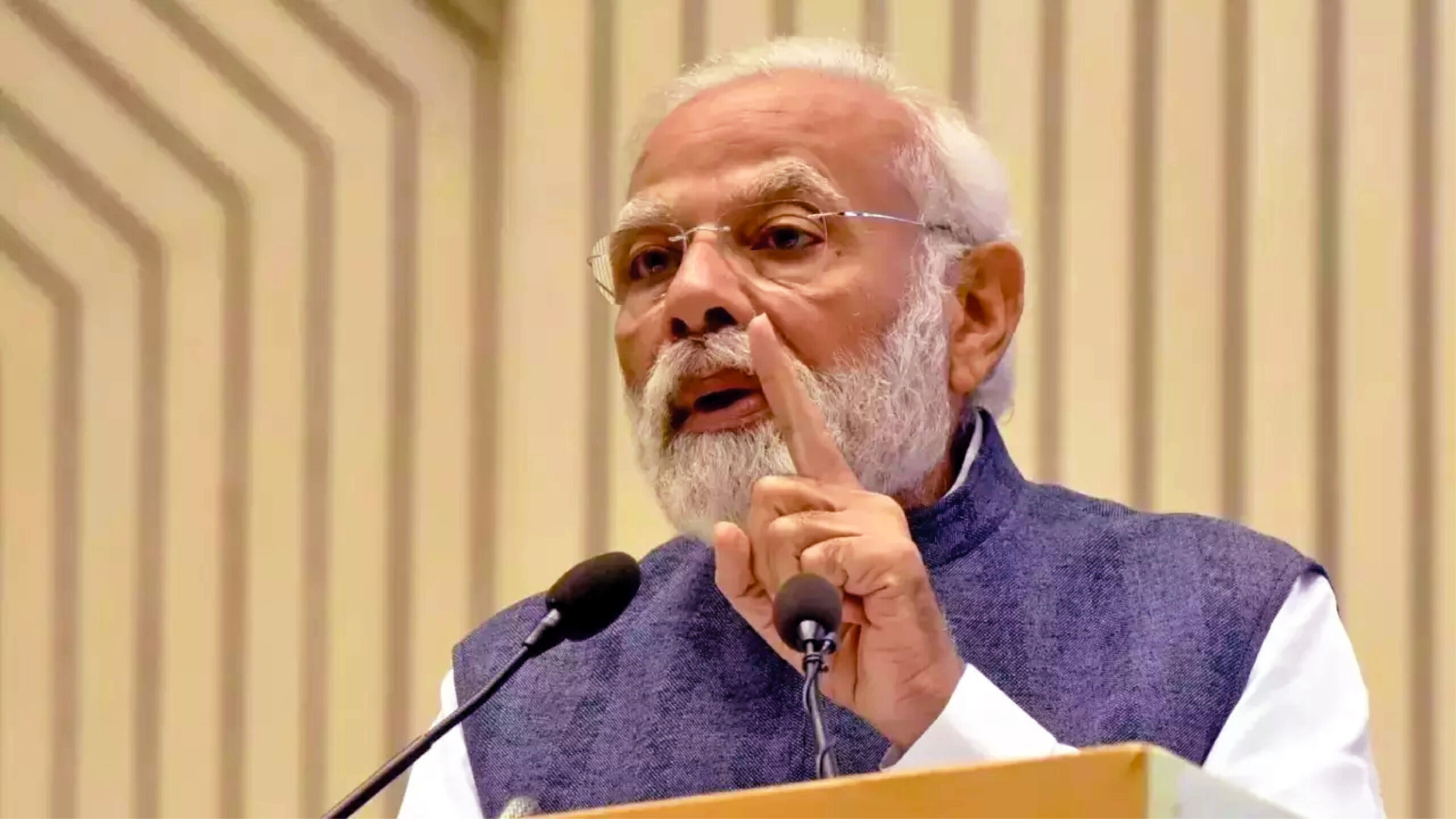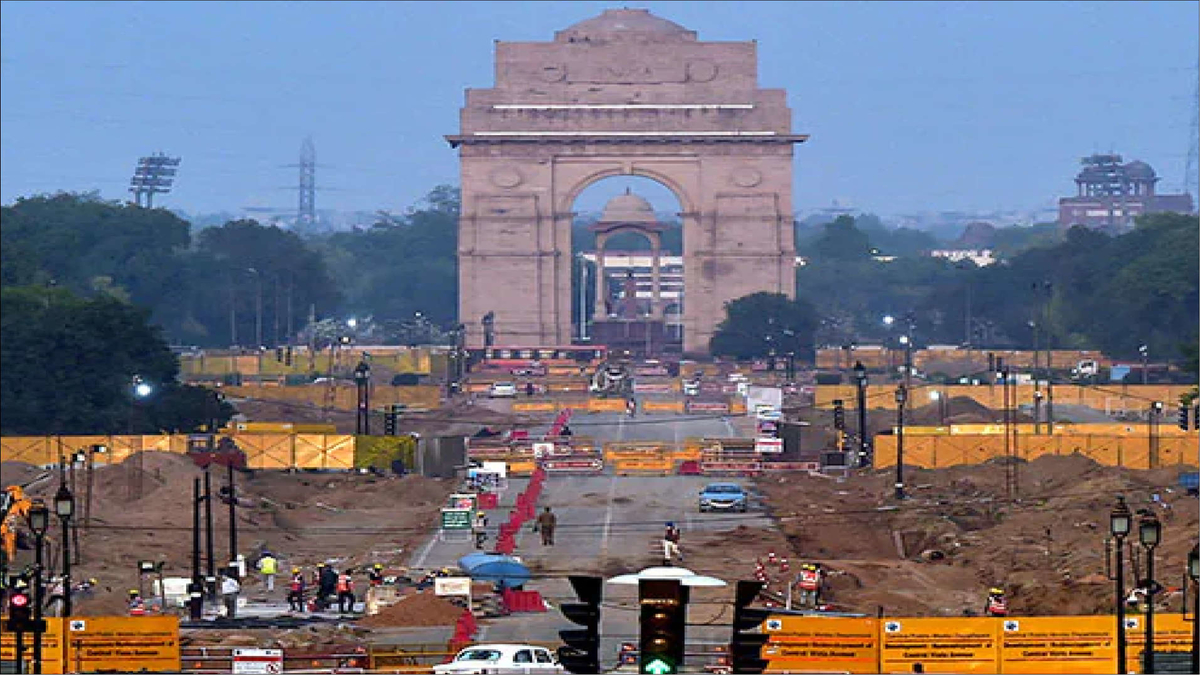
Politics has been currently moving at an unstoppable speed, leaving most citizens behind. The sudden announcement on demonetisation and then replacement of a mighty Planning Commission with a naïve cousin Niti Aayog, now appear to be a bit interwoven activity. Nonetheless, these decisions were the gravest shocks on the journey to ‘sabka saath, sabka vikas’. The political script was then onwards, heading towards a much expected upheaval in the governance of India. Yet, projects that were most successfully completed without a whimper were those of statues, self-named stadiums and that of the Central Vista which could roguishly wade through the courtrooms of justice without an itch. It’s time for courts to discern more appropriately the relationship between law and ethics gasping for breath in an ambitious political dispensation.
My experience of the JNU Academic Council of the last five years where Deans of various schools kept pleading boisterously for a hearing while the Vice Chancellor and his team heedlessly galloped on approving one agenda after another or the experience of the Executive Council where the putrefying silence of interests kept the despotic ineptitude kill a university. As I looked behind while stepping out on my last day in the university, I could see ‘nothing’ remaining but the stench reaffirmed the congregations that occupied the once beautiful land. Are we heading towards governance where institutions could deceptively bypass ethical standards of governance and yet be treated legitimate enough to be rewarded with a position or a promotion?
It’s all about perceptions which a leader sermonises through his seat while pushing a project. The new current of acuities is something that one needs to understand by visiting the Delhi main branch of State Bank of India. There are two statues of women that welcome you at the gate, which are made out of waste material. The body is beautifully engraved but the face is disgracefully a locker keyhole. An SBI employee shared in confidence that they wanted to make a Lakshmi but desecrated her by turning her face into a locker keyhole. Is that the perceived single-most important role of a Lakshmi, which is revered more as a goddess of restraint and balance than that of money perceived by the foolish? I learnt that SBI installed these 12-ft-tall ‘manasvi’ statues in 2017. JNU also installed a Vivekananda statue in a vehement consistency of eliminating Nehru legacy from this university and in doing so got one of the most unaesthetically chiselled statues. It’s a saying which is not a law, that vengeance is ugly, respect is beautiful. We need court rooms so well sensitised to these games of the outside world that could discern the mischiefs of law which in the modern technological world are here to stay stronger.
Courts were called upon by petitioners to ‘undertake a comprehensive and heightened judicial scrutiny regarding the permissibility of the Central Vista Project’of the Government of India. Those belonging to this habitat understand how the face of this regal city is seen in its India Gate lawns. Many of us during childhood had sneaked out through the windows in peak summer of June from parent’s watchful control just to collect jamuns carpeting the floor of the linking passages to India Gate. This is where many Delhi families had seen Nehru’s convoy in the 1950s being driven by and then it dramatically halts, as standby crowd watched the Prime Minister of India stepping out of a car to hold a playful baby in the park, lift him up in the air, cuddle and return waving the cheering people behind. Many of our generation of kids brought up in Delhi have adored the heritage value of this place. The families walked out of Princes Park Hostel and the National Stadium to stand at the Amar Jawan Jyoti, a remembrance of the immortal soldier with reversed L1A1 Self-loading rifle, a war helmet and four urns from compressed natural gas flames. India Gate with an enriching heritage of emerging India lives through the hearts of a Delhi-ite whether one calls it Lutyens’ Delhi or urban Naxals! This face is about to be subjugated to buildings where aesthetics, singing of the birds, whistling of squirrels and communitarian city hang out joint would soon be replaced by the stink of sarkari files, mega air-conditioning (something that the court had not even attended to in environmental clearance), glasses all around right on the beautiful face of this historic city.
The issues brought out before the court were addressed by the court as ‘diverse’ such as the change in land use, grant of statutory and other permissions, environmental as well as heritage clearances, etc. They are actually not many but one single issue but lack of exposure to the outside world leads to a form of ‘perceptional decay’ which surfaces in judgements in a form of ‘judicial oversight’. Governance which acts as a ‘public trustee’ as mentioned in the Kamal Nath Case, would be a public trustee for the land and everything related to it. The ethical lens would have enabled the courts to see these many problems as a holistic one, not diffracted pieces of problems crying for segregated attention. The judiciary while treating the nature of the project as of high political significance differentiated between the “Rule of Law” which according to it lies on a higher pedestal than the governance by “Rule by Law”. The documentation, Committee minutes, need for experts, quorum, agenda approval and environmental clearances which came with explanations approved by the court have questionable ethics. The petitioner’s claim of non-application of mind to consider the viability and need of a new Parliament building was carried in undue haste and this is an open fact. The consultative processes with the Heritage Conservation Committee, Delhi Urban Arts Commission and the Central Vista Committee were minimised or marginalised but since they did exist, the court treats them as sufficient compliance and the procedures get legal approval. The court on its own initiative could have attended to the massive environmental hazard this project would have on the city by shrinking free spaces and then increasingly reducing greens as most of the trees removed were more than 60-80 years old which raises their value in terms of water and soil recharging combined with many times more oxygen release in the atmosphere. Sadly, the court did not even attempt to ask anything about that.
The court, however, explains the rule of law having four universal tenets, i.e.; a system of laws, institutions, norms and community commitment. This ensures accountability and protection of fundamental rights. It also ensures open government and accessible justice. None of these requirements were adhered to as the chosen time for such a project that demolishes the face of a heartful city was a lockdown period during a pandemic. As the city was grappling with hospital beds, ventilators and oxygen, the government acted with double speed on the project and the government could not or did not wish to resonate with the citizens of this city. The onus was on the judiciary as citizens expected a reasonable judgement where courtrooms would reflect a determination and sensitivity akin to the judgement which demolished the four high-end apartment complexes in Maradu municipality in Kochi for violating Coastal Regulation Zone notifications. This determination is needed to prevent a tendency not a project as alternatives are immense if architectural and environmental experts around the country were given time.
The judgement on Central Vista opens the door for marauding governance eyeing prized locations to build their monuments and inscribe names on it. Ironically, the court in its judgement had nothing to offer to the coming generations as the face of the city is now a locker keyhole!
The author is president, NDRG, and former Professor of Administrative Reforms and Emergency Governance at JNU. The views expressed are personal.
Many of us during childhood had sneaked out through the windows in peak summer of June from parent’s watchful control just to collect jamuns carpeting the floor of the linking passages to India Gate. This is where many Delhi families had seen Nehru’s convoy in the 1950s being driven by and then it dramatically halts, as standby crowd watched the Prime Minister of India stepping out of a car to hold a playful baby in the park, lift him up in the air, cuddle and return waving the cheering people behind. Many of our generation of kids brought up in Delhi have adored the heritage value of this place.
